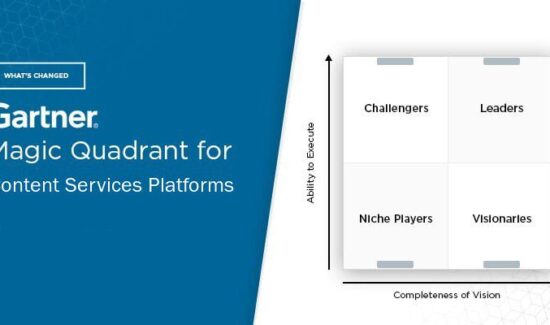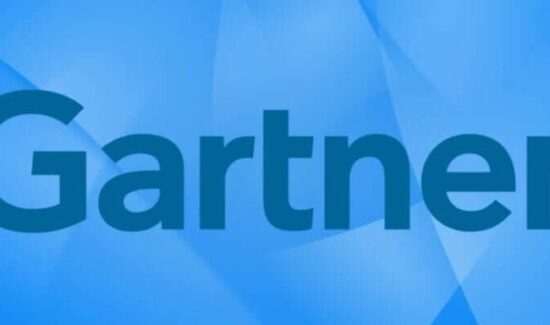Enterprise Content Management Moves Out, Content Services Move In

 The enterprise is expecting some changes throughout 2017 when it comes to Enterprise Content Management (ECM). In his latest blog post, Director of ECM for Konica Minolta Hugo Palacios takes a look at where the term originated and where the space is headed.
The enterprise is expecting some changes throughout 2017 when it comes to Enterprise Content Management (ECM). In his latest blog post, Director of ECM for Konica Minolta Hugo Palacios takes a look at where the term originated and where the space is headed.
He first references Frank Sinatra’s, “The Best is Yet to Come” and we hope he’s right. Palacios goes on to explain how the meaning of ECM will be redefined. Early in 2017, Gartner announced The Death of ECM and the Birth of Content Services in a blog post by Michael Woodbridge, even though AIIM first coined the term. But AIIM agrees that the name is on its way out, along with 38 percent of those surveyed for the report titled, “ECM-State of the Industry – 2016.”
“In the past, ECM was considered the path to manage all unstructured content. Information and content could be categorized, tagged and stored so it could be accessed for collaboration and business processes could be automated from a single centralized repository,” Palacios said.
He went on to say that, although it may sound like a single repository is more simplistic, it really isn’t. Companies often have more than one repository and content source; and executive suites and stakeholders want to see ROI and solutions to business problems as a result of that. Palacios suggests that businesses take a look at how they manage content and information regardless of what platform or process is in place. They should also promote the right personnel and make it easy for them to access information.
“ECM is not dead, in my opinion, but it is transforming itself with the introduction of new innovative strategies and technologies,” Palacios said.
He went on to say, “Our job this year will be to help customers achieve their business objectives and content management initiatives by providing them with the best-in-breed technologies that address their business needs. As the speed of innovation becomes more time-sensitive and collaboration becomes more vital to business performance, I see our focus in 2017 growing and expanding.”
Digitizing
When it comes to the digital workplace, Gartner defines it as an ongoing approach to delivering a more consumer-like computing environment that can handle next-generation working practices. Palacios says the words he hears being thrown around most often are “Digital Workplace” or “Workplace of the Future.”
Practitioners will most likely lay out best practices in the coming year. About 80 percent or more of the average enterprise’s information is managed as unstructured content, Palacios said, which is a critical and unsupervised portion of an accomplished digital workplace.
Palacios made it a point to note that he sees “ECM transforming and finding a home within the Digital Workplace or Konica Minolta’s own Workplace of the Future.”
Cloud
There has been an increase in customers implementing ECM solutions that reside in the cloud as the issues associated with it have started to disappear. This trend is expected to continue.
Microsoft’s Buildout of Office 365, SharePoint Dominance
Microsoft spent a lot of money investing in the production of the Office 365 platform and SharePoint and they reportedly have 60 percent of what users are looking for in an ECM tool. This could mean that leaders in the market will lose clientele to the tech giant.
But it could be good news for Konica.
“We expect to see more customers move toward implementing Office 365 and SharePoint with the help of Konica Minolta’s ECM SharePoint Practice and Microsoft’s FastTrack program,” Palacios said.
He went on to say that by the end of the year he believes that ECM will be redefined, and that “everyone will win if they make the investment in technology and embrace collaboration, ease in communications, secure data and an enhanced corporate culture.”
Widget not in any sidebars



















